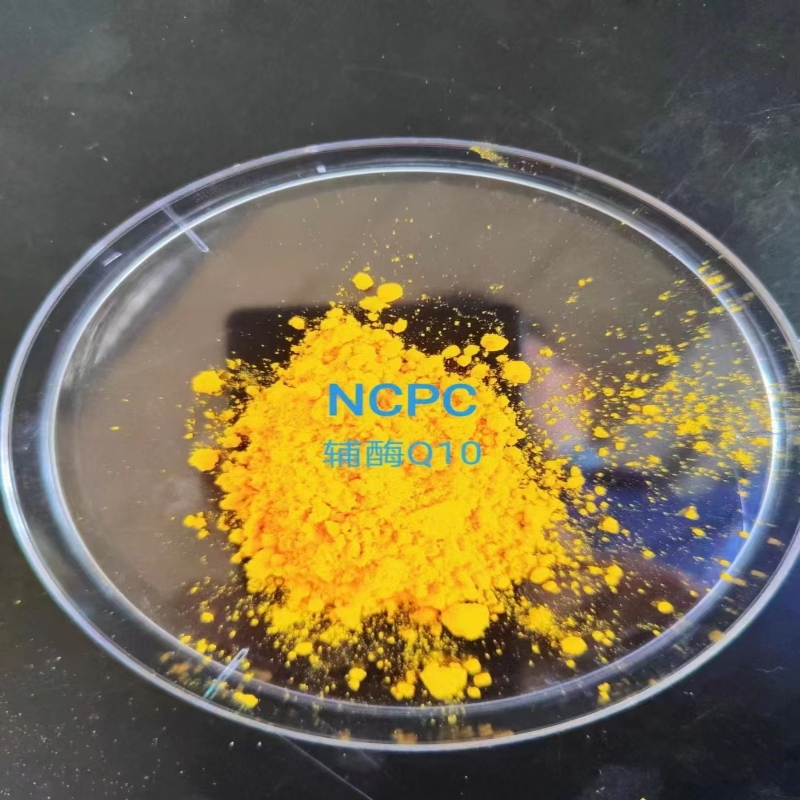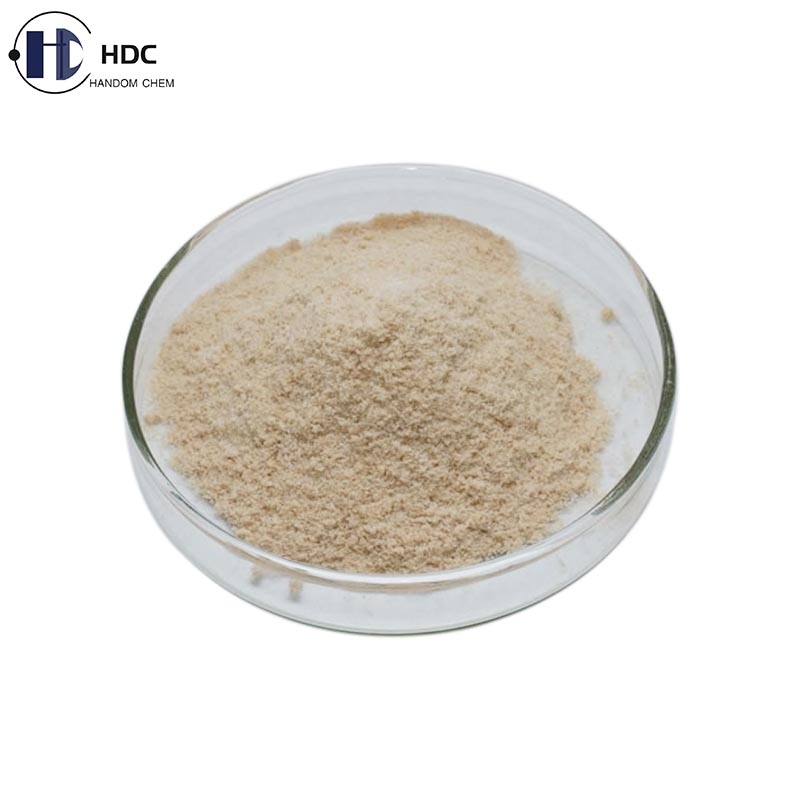Would you like to see the world with pig's cornea?
-
Last Update: 2015-08-06
-
Source: Internet
-
Author: User
Search more information of high quality chemicals, good prices and reliable suppliers, visit
www.echemi.com
Interview experts: Yao Tao, expert of cornea expert group of he's ophthalmic hospital in Shenyang, member of ophthalmic branch of Chinese Medical Association, director of eye tissue bank, it is reported that the bioengineering cornea developed by Chinese scientists in ten years has completed the clinical trial and went on the market The cornea was treated with pig cornea and then used for human The medical community predicts that bioengineered cornea will greatly alleviate the clinical dilemma of cornea donation in China, and bring hope to 4 million corneas blind patients in China and 60 million in the world Is it feasible to transplant pig cornea to human after treatment? Pig cornea pig cornea 1 How is the cornea transplanted? Expert answer: cornea is a layer of transparent membrane tissue on the surface of "black eyeball" at the front of the eye, just like the "watch mask" of a watch Because cornea is damaged or opaque due to trauma or some diseases, corneal transplantation is needed to "see the light again", which is equivalent to replacing a new "watch mask" for a watch The human cornea is stratified in structure, including the thin epithelial cells on the front surface, the matrix with the main thickness in the center and the monolayer endothelial cells on the back surface Corneal transplantation can be generally divided into lamellar keratoplasty and penetrating keratoplasty (or full-thickness keratoplasty) If lamellar keratoplasty is used for superficial lesions, full-thickness keratoplasty is used for deep lesions (the cornea is like a book, the epithelial cell is the cover, the matrix is the page, the endothelial cell is the back cover, lamellar keratoplasty is only to replace the front cover, part or all of the page, full-thickness keratoplasty is to The whole book has been replaced), and the choice of operation depends on the different pathological changes 2 Is the keratoprosthesis technology mature and will there be rejection? Expert answer: corneal transplantation has a history of more than 100 years, and the effect of allograft (human to human) transplantation has been widely recognized at home and abroad However, in some countries, especially in China, the source of corneal donors is very limited, which can not meet the clinical needs The three main ways to solve this problem are to promote the donation of Chinese people, to import cornea and artificial cornea Artificial cornea is a synthetic cornea, which can be divided into two types: medical polymer material (hard plexiglass sheet) and Bioengineering (soft and transparent "meat") The former is generally used for a few diseases (such as severe chemical injury of both eyes) that are easy to fail in conventional keratoplasty, and there are many relatively mature products abroad; the latter, the recently mentioned "artificial biological cornea", also known as biological or tissue-engineered artificial cornea, is a material produced by biological engineering technology to simulate human corneal tissue, which is used for keratoplasty, with a view to To solve the problem of relative shortage of corneal transplantation donors This kind of artificial cornea has been developed for decades Specifically, the "acellular heterogeneous corneal stroma" mentioned in the news report is a kind of bioengineered artificial cornea This technology is relatively mature, and it was used in the field of dermatology to prepare "artificial skin" in the early stage Because the anatomic structure and tissue composition of cornea are similar to that of human beings, the virus carried by cornea is not easy to infect human beings For economic and ethical reasons, pig cornea is generally selected, the "cell" component is removed by certain technology, and only the collagen fiber ("scaffold" structure) of pig cornea is retained, so as to reduce and avoid rejection after transplantation, and then it is used after sectioning In clinical practice 3 Can keratoprosthesis completely replace human cornea donation? Expert answer: Specifically, this kind of artificial cornea product only imitates the "part" (the scaffold structure of corneal stroma) of human cornea It lacks active epithelium, stroma and endothelial cells After transplantation, it needs the recipient's own corneal epithelium to climb over, stroma cells to grow into fusion and healthy endothelial cells to achieve effective vision Therefore, the current adaptation of this product The main reason is that some patients with corneal infection can be treated by lamellar keratoplasty This kind of products should be produced by more than one company in China, and the clinical trials of multiple medical centers have confirmed its effectiveness for patients with established indications But as far as I know, there are still quite a number of patients with graft fusion and turbidity after transplantation In addition, due to the relative limitations of indications, it can be said that this product can not completely replace human cornea donation at present 4 Is keratoprosthesis the way to solve the problem of corneal transplantation? Expert answer: at present, there are plenty of human corneal donors in developed countries in Europe and the United States Many foreign eye banks are committed to exporting their donated corneal materials in the form of commodities China is a big market However, at present, the relevant regulations and procedures of cornea imported by our government need to be improved The large number of keratopathy patients and scarce cornea materials urge many researchers and companies in our country to develop and actively promote the listing of this kind of bioengineering cornea Although limited by indications, I am still very optimistic about this product At present, the etiology of keratopathy patients in China is mainly infection, and corneal donor materials are scarce in China Therapeutic lamellar keratoplasty with the main purpose of controlling infection and retaining the eyeball still has a considerable "market" This product is for these patients and surgeons in the near future Good choice Sufficient supply and good quality control (to avoid the possible spread of infectious diseases from human donors) are its advantages, and the product price and doctors' choice tendency may affect the product promotion From the patient's point of view, if there are both human source materials and commercial products, we should obtain complete knowledge and discuss with the doctor which materials will be used for transplantation later At present, many researchers at home and abroad are still actively engaged in the research and development of bioengineering corneas What is ideal is to reconstruct the "active tissue" including epithelium, matrix, endothelium and other structures, and even the current popular 3D printing technology is also used in it However, the real significance of artificial corneas, from the success of research and development, clinical application to product formation, will take quite a long time Look forward to this day together! Expert profile: Yao Tao, deputy chief physician, expert of ophthalmic keratopathy expert group of Shenyang He ophthalmic hospital, member of ophthalmic branch of Chinese Medical Association, director of eye organization bank, senior trainer of international community eye health training center He is mainly good at the medical treatment and surgical treatment of various ocular surface diseases and corneal diseases, especially at various corneal transplantation operations
This article is an English version of an article which is originally in the Chinese language on echemi.com and is provided for information purposes only.
This website makes no representation or warranty of any kind, either expressed or implied, as to the accuracy, completeness ownership or reliability of
the article or any translations thereof. If you have any concerns or complaints relating to the article, please send an email, providing a detailed
description of the concern or complaint, to
service@echemi.com. A staff member will contact you within 5 working days. Once verified, infringing content
will be removed immediately.







